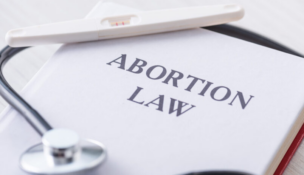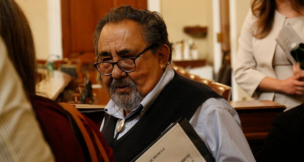State asks judge to throw out inmates’ lawsuit, saying it ‘borders on the ridiculous’
Howard Fischer, Capitol Media Services//July 30, 2014//[read_meter]
State asks judge to throw out inmates’ lawsuit, saying it ‘borders on the ridiculous’
Howard Fischer, Capitol Media Services//July 30, 2014//[read_meter]
The state is asking federal judge to throw out a lawsuit filed on behalf of more than 34,000 inmates, saying there’s no evidence each and every prisoner is at...
















